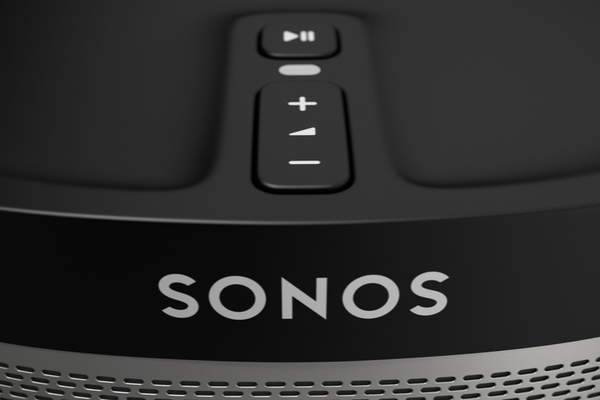The Verge reports that Sonos is preparing to introduce its own voice assistant service within the next few weeks, according to people familiar with the company’s plans. The voice functionality will let customers play and control music on Sonos’ whole-home audio platform.
It will be part of a forthcoming software update set to arrive first to customers in the US on June 1st, with an international rollout to follow. Sonos Voice will serve as an alternative to Amazon Alexa and Google Assistant, which Sonos already supports on its smart speakers and voice-enabled soundbars. All Sonos products that run the company’s S2 software will support Sonos Voice Control.
Sonos says its ambition is to “make voice interactions fully private, more personal, and more natural.” The debut of Sonos Voice will mark a pivotal moment in Sonos’ expansion into services as the company seeks to augment its hardware business. The offering will provide core conveniences that are similar to existing competitors, allowing Sonos product owners to play specific songs, artists, or playlists with voice commands, among other functions.
At launch, Sonos Voice will work with Apple Music, Amazon Music, Pandora, Deezer, and the company’s own Sonos Radio. Spotify and Google’s YouTube Music aren’t yet on board. In keeping with Sonos’ interest in privacy, the feature will not record user audio commands or relay them to the cloud for processing. “Hey Sonos” will be the wake word for Sonos Voice Control, and the company’s internal tests show it to be quicker than competing assistant services at core music tasks.
According to The Verge, through various job listings for the voice product and an as-yet-unannounced “Home Theater OS,” Sonos has offered a glimpse at a future where it will put a much greater emphasis on software and try to establish itself as a central hub for streaming entertainment — potentially moving beyond audio to incorporate video as well. Patrick Spence, Sonos’ chief executive officer, has hinted at those objectives in interviews. “You’re always investing ahead of the curve,” he said on the Decoder podcast. “We’re hiring people in software to go into new areas that we’re not in today. It’s easier in hindsight to understand that a company has been working on all of these great things. We just didn’t see it at that moment in time.”
The Sonos Voice Experience will stick to the fundamentals at launch. But if people are able to use Alexa at the same time — Sonos calls this feature “voice concurrency” — they’ll be able to give the Sonos offering a shot without sacrificing smart home integrations or other more varied features that the Sonos voice service may lack.
Sonos’ stated goal of making voice “fully private” could be another key way of differentiating itself from Alexa and Google Assistant, both of which heavily rely on cloud computing. Amazon says Alexa is designed with “multiple layers of privacy and security,” and Google offers similar assurances. But some consumers remain inherently wary of voice technologies and Big Tech using voice interactions for advertising purposes.
—
Photo Credit: ClassyPictures / Shutterstock.com
